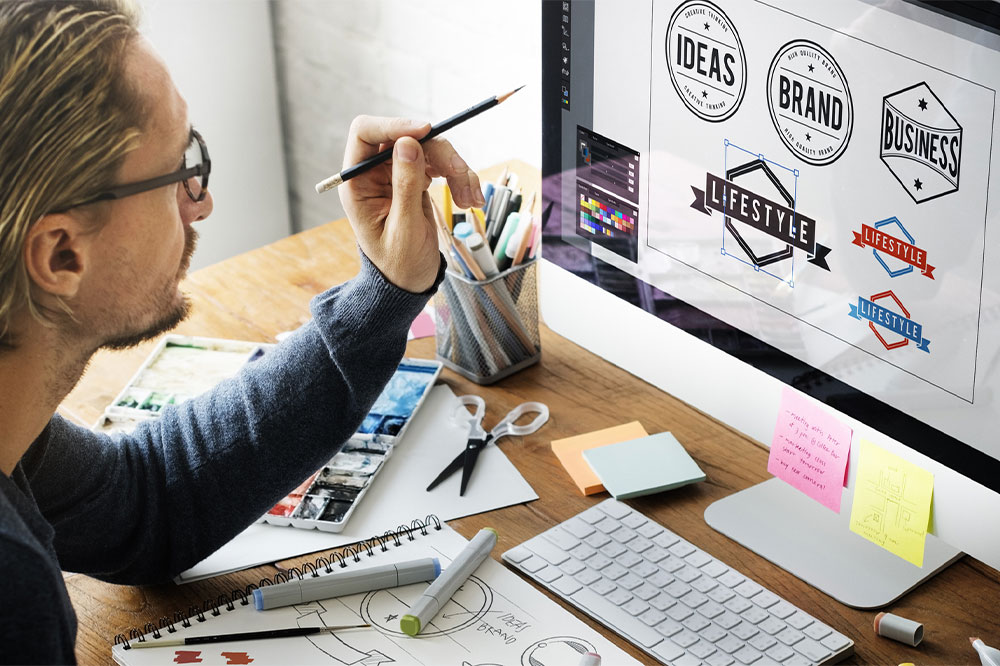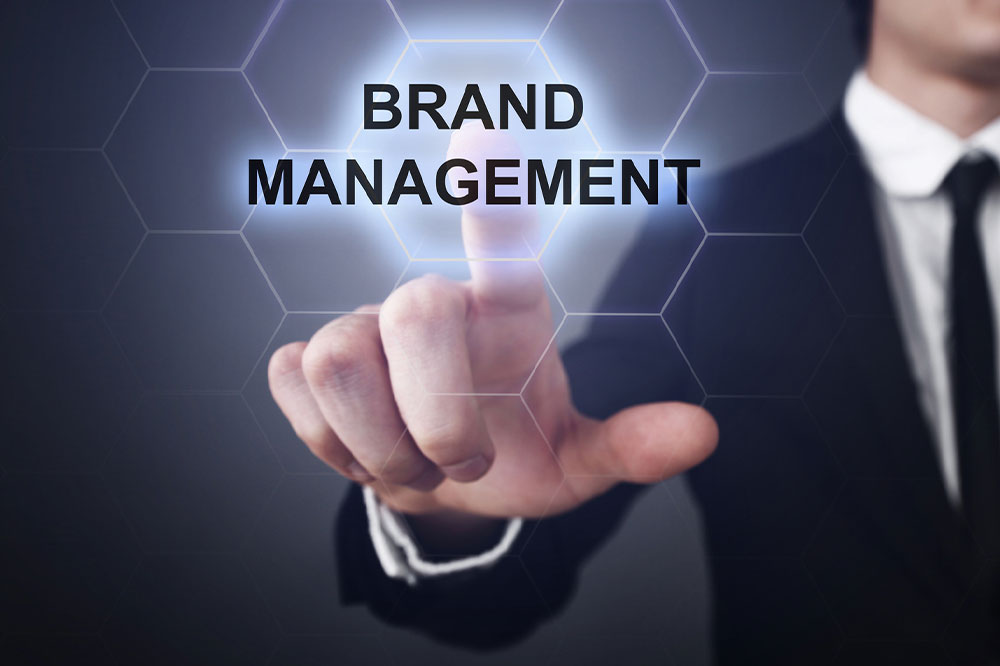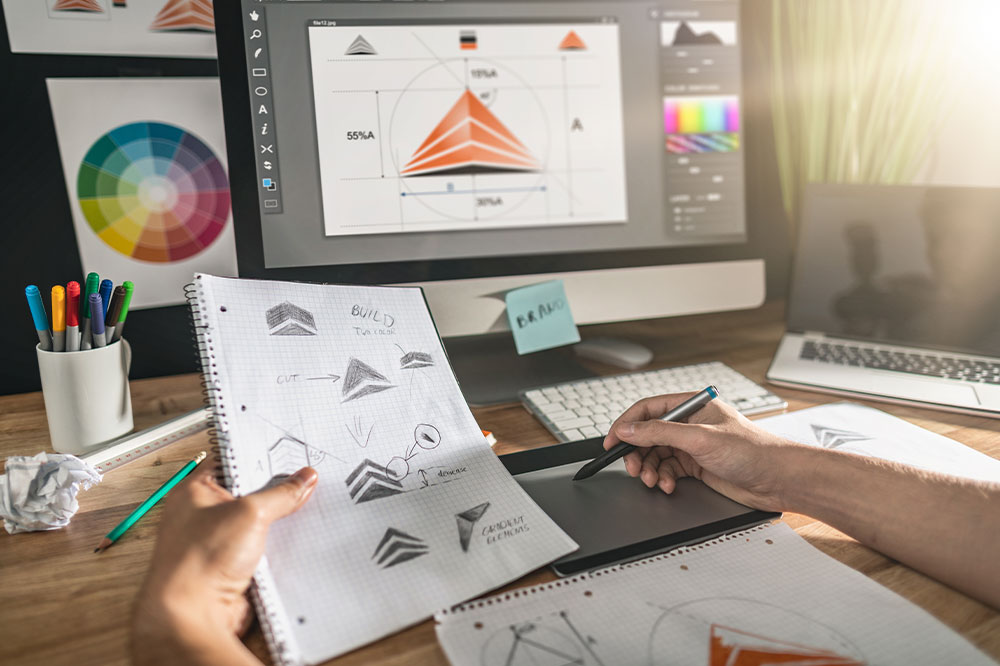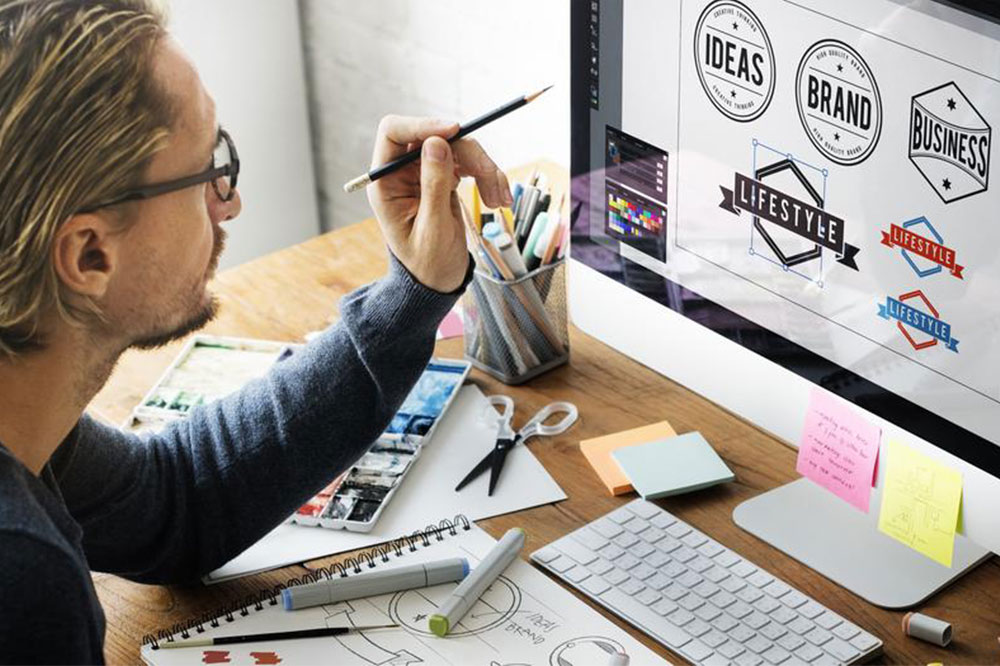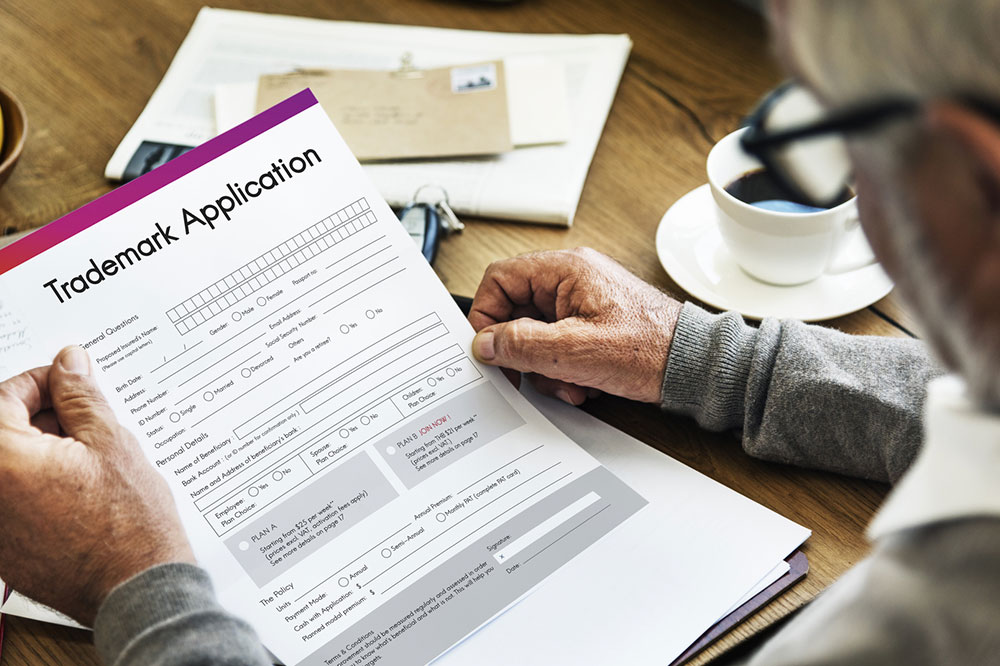Ultimate Guide to Designing a Memorable and Effective Business Logo
This comprehensive guide offers strategic insights into creating a memorable and effective business logo. From building your brand story to collaborating with professional designers, discover proven methods to develop a logo that captures your company’s essence and enhances brand recognition across all platforms. Perfect for startups and established businesses alike, this article emphasizes the importance of storytelling, market research, and versatility in logo design to ensure your brand stands out in a competitive market.
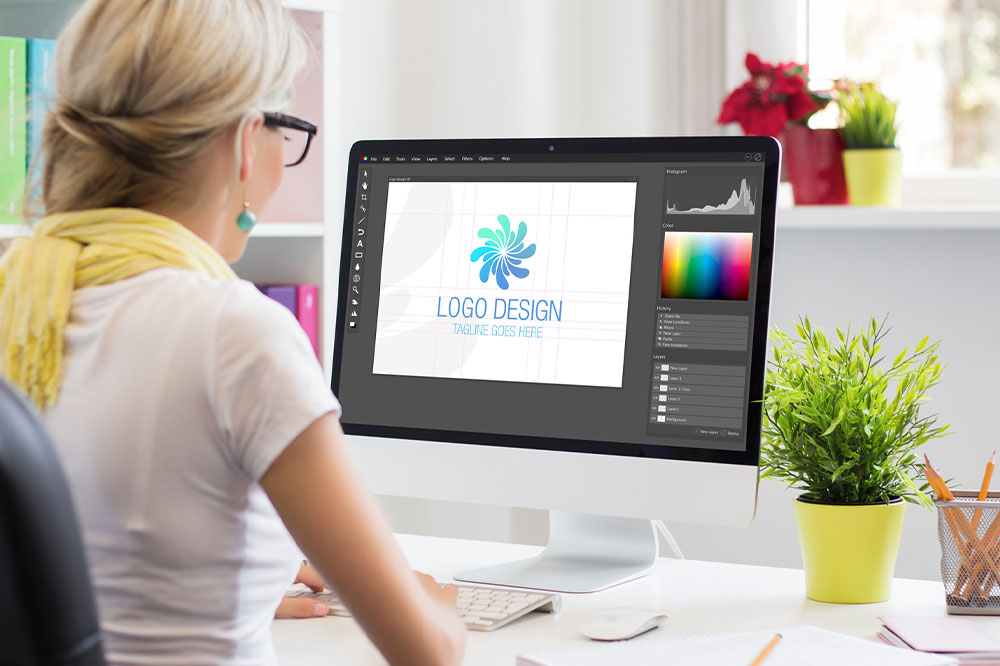
Ultimate Guide to Designing a Memorable and Effective Business Logo
A company's logo is much more than just a pretty graphic; it is the centerpiece of its brand identity. A well-crafted logo encapsulates a company's mission, core values, products, and overall personality, serving as an instant visual cue that strengthens brand recognition and fosters customer loyalty. In today's competitive market, having a distinctive and professional logo is essential for standing out and making a lasting impression. Designing such a logo, however, involves strategic planning, creativity, and a clear understanding of your brand's essence.
Creating an impactful logo may seem daunting, especially for startups or small businesses without a massive marketing budget. Nevertheless, with the right approach and a focus on meaningful storytelling, even a simple design can convey complex ideas and resonate deeply with your target audience. This guide provides comprehensive strategies and practical tips to help you develop a logo that not only looks appealing but also effectively communicates your brand's story.
Step 1: Build a Compelling Brand Narrative
The foundation of a memorable logo lies in understanding and articulating your brand story. Begin by defining what your business represents beyond just its products or services. Focus on the purpose behind your company, its mission, values, and what sets it apart from competitors. A compelling narrative helps guide the logo design process, ensuring that every element reflects your organizational identity and resonates with your target audience.
Ask questions like: What are the core values that drive your business? What message do you want to communicate? Who is your ideal customer? Answering these questions creates a solid basis for your visual identity.
Step 2: Conduct Market Research for Inspiration
Analyzing your industry’s visual trends can provide valuable insights. Review competitors’ logos to identify common themes and discover gaps or opportunities for differentiation. Make note of color schemes, typography, iconography, and overall styles that are prevalent. This research phase can spark innovative ideas and help you craft a logo that stands out in your niche.
Collect samples and create mood boards to visualize potential directions. Brainstorm with your team or designers by listing words and concepts that describe your brand, then translate these into visual elements.
Step 3: Develop a Visual Inspiration Board
Create a mood board to serve as a visual reference during your design process. You can use physical cutouts, sketches, or digital tools to assemble images, color palettes, fonts, and graphic styles that align with your brand ethos. This step helps clarify your aesthetic preferences and streamlines decision-making.
An inspiration board not only guides the design of your logo but also ensures consistency across your branding materials.
Step 4: Identify and Select Core Design Elements
Decide on the fundamental components that will comprise your logo. These include shapes, symbols, typography, and color schemes. Each element should serve a purpose and reinforce your brand message. For instance, rounded shapes can evoke friendliness and approachability, while sharp angles may convey strength and professionalism.
Choose fonts that reflect your brand personality—modern sans-serif for a sleek look, or serif fonts for tradition and reliability. Select colors that evoke the right emotions and match industry standards, yet differentiate your brand.
Step 5: Match the Aesthetic Style to Your Brand Identity
Defining the overall aesthetic style is crucial. Decide whether your logo should be modern, vintage, minimalist, playful, or artistic. The style should align with your target audience and industry expectations. Don’t be afraid to blend styles if it helps better express your brand’s uniqueness.
Remember, consistency in style across all branding elements reinforces recognition and trust.
Step 6: Ensure Scalability and Versatility
A logo must work effectively across various platforms and sizes—from tiny icons on mobile apps to large-scale banners. Test your logo in different formats and backgrounds to verify its clarity and impact. A complex design may look good on a large banner but become illegible when scaled down.
Design a version of your logo that is simple yet distinctive, ensuring it remains recognizable regardless of size or medium.
Step 7: Collaborate with Professional Designers
While DIY approaches can be effective, hiring experienced graphic designers can significantly elevate the quality and professionalism of your logo. Professionals bring expertise in typography, color theory, and visual storytelling, providing multiple concept options based on your brief.
Working closely with designers allows you to refine your ideas, explore creative alternatives, and ultimately develop a logo that exceeds expectations and withstands changing design trends.
Designing an effective business logo is a critical step in establishing your brand identity and standing out in a crowded marketplace. By building a compelling story, conducting thorough research, creating visual inspiration, and collaborating with professionals, you can craft a logo that captures your company’s essence and leaves a lasting impression on your audience. Remember, a well-designed logo is an investment in your brand’s future—one that can generate recognition, trust, and loyalty for years to come.
